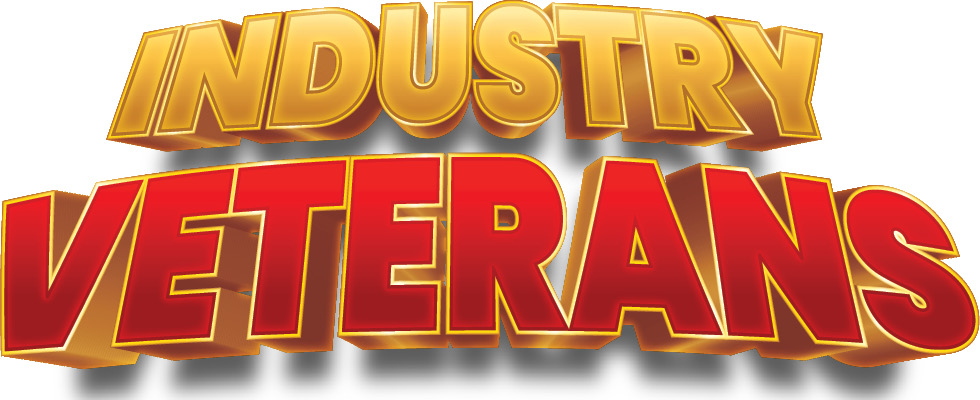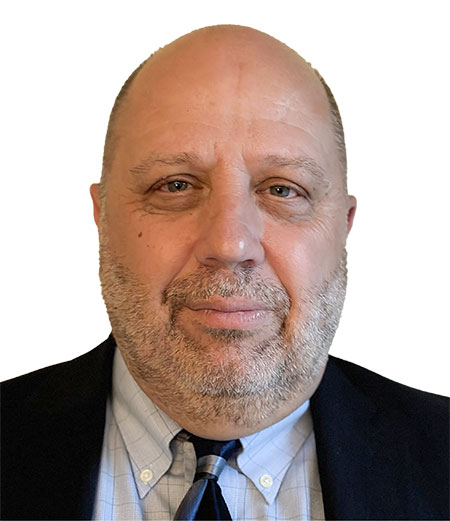

Phil Wessendorf, 66, first began his career as an application engineer with Almis-Chalmers Pump Company after graduating from the University of Cincinnati in 1981. Today, Wessendorf is the cofounder of both Floco Process and Comprex North America. We spoke to Wessendorf about his remarkable career and the journey that has led him to be where he is in 2024.
Anyone who spends a significant amount of time in an industry is bound to hear their fair share of advice. As for what Wessendorf highlighted as the best advice he’s received, he said, “The best advice I have received is to listen to your customers and not be afraid to ask questions. It’s important to understand not just the technology you represent but also the complete system and how your technology integrates and can be effectively applied.”
The industry has changed and is only continuing to change as time goes on. When Wessendorf was asked about this, he pointed to two specific areas: technology and the skills gap. “The landscape of technology and regulations has indeed transformed dramatically over the past 47 years, reshaping industries and engineering practices. In 1977, engineers relied on manual drafting techniques with pencils, rulers and compasses. Today, computer-aided design (CAD) software like AutoCAD, SolidWorks, and CATIA streamline design processes, enhance precision and facilitate complex 3D modeling.”
As for the skills gap, Wessendorf elaborated, “The biggest challenge the industry faces today is the loss of personal knowledge due to retirements. The industry is increasingly driven by artificial intelligence (AI) and computers, with many individuals relying on software to select and apply equipment without fully understanding the underlying thought process. There are numerous system variables that AI and software are not yet programmed to diagnose. These programs should be used as tools for equipment application, but it is crucial for individuals to understand how the entire system impacts each piece of equipment, especially when diagnosing issues in
the field.”
We asked Wessendorf to reflect on what the best part of his career has been. He answered, “The best part about my job has been twofold. First, the amazing people and relationships I’ve developed with customers, manufacturers and coworkers. Being humble and caring about the individuals you work with is critical. Second, I’ve had the opportunity to witness revolutionary processes in the chemical, pulp and paper, food, consumer products, industrial, pharmaceutical and wastewater industries. Seeing these incredible processes in person has been truly remarkable.”
What do you think younger engineers or operators need to learn to be prepared to take on these roles as others retire?
The younger generation of engineers and operators must recognize the importance of understanding the fundamental working principles, even as the industry becomes increasingly automated. While their proficiency with modern technologies like CAD software is impressive, there’s still invaluable wisdom to be gained from the experience of older engineers. This exchange of information, from the past to the future, is crucial for companies to thrive. It ensures a balance between tradition and innovation, enabling a comprehensive understanding of both old and new methodologies.
Outside of the industry, what do you enjoy doing?
Outside of the industry, I’m a huge sports fan. I enjoy attending local games for the Reds, Bengals and Bearcats. However, these experiences don’t quite compare to the joy I feel along with my loving wife Karen, of 40 years, watching our grandchildren participate in their various sports and dance competitions. And, when time permits, I occasionally like to sneak in a round of golf.

